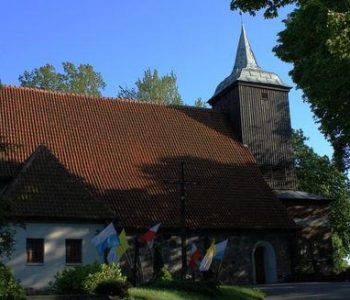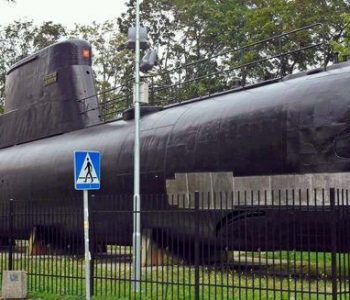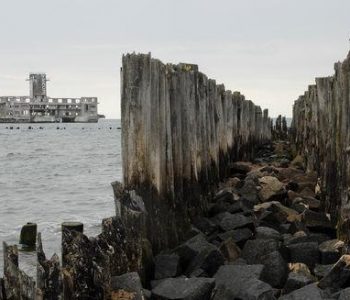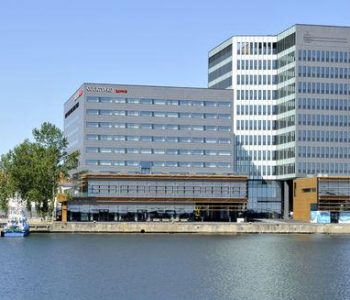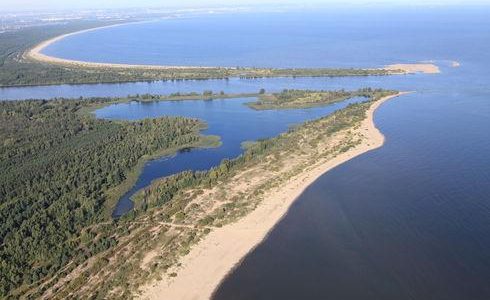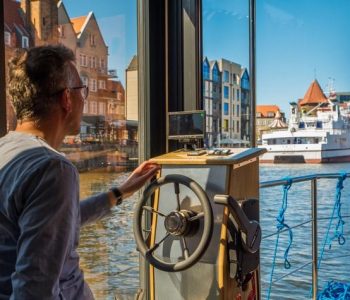Many localities belonged to the region: Gdynia, Oksywie, Witomino, Obluze or Pogorze or settlements that no longer exist on the map such as : Zbikowo, Kochowo or Gradolew. The sanctuary built in a characteristic manner for the Pomorskie medieval village churches. The church has one nave that ends in a polyhedral presbytery. A tower with a baroque dome and en entrance is situated on the east side.
The church is strongly linked with the Navy. Inside the church there is a plaque dedicated to priest Wladyslaw Miegon, a chaplain of the Navy who died in the concentration camp in Dachau, also there is a plaque commemorating the death of admiral Jozef Unrug and admiral Jerzy Swirski . The church has plaques of the river flotillas of Pinsk and Vistula rivers as well as officers of the Navy killed in 1952. Outside there is a field altar , right behind it on the wall of the church there are six plaques dedicated to the Navy ships (“Grom”, “Orzel”, “Jastrzab”, “Kujawiak”, “Orkan” and “Dragon”) that were sunk in the battlements during the WW II. Each ship has its plaque on which it was written a name, place and the date of sinking of the ship, a motto of a Polish poet and a phrase ‘Mersis in bello’ ( sunk in the battlement). In 1983 all the plaques were consecrated and named the Little Hall of Fame of the Navy.
Near the church there is a cemetery where there are tombs of the people connected with Oksywie, Poland and the Navy. Here lies the eminent Kashuba Antoni Abraham. This necropolis is considered one of the most beautiful cemeteries in the Pomorskie region.
Oksywie is mainly associated with the military objects that are partly open for the tourists. There is a wonderful modernist group of buildings of the former Headquarters of the Navy with an impressive gate built in the 20th century, former Navy barracks ( today Naval Academy) and a naval port. Many bunkers and shelter have also survived till today.

